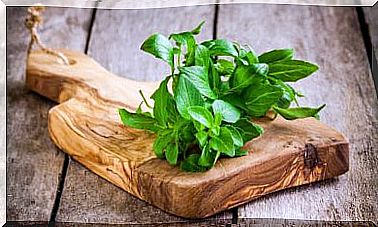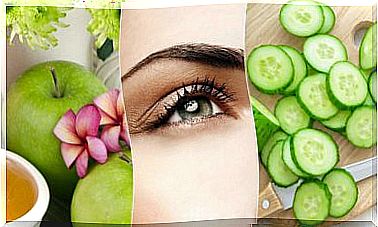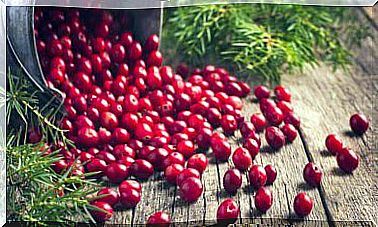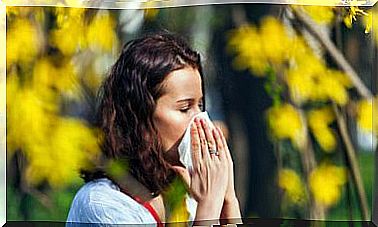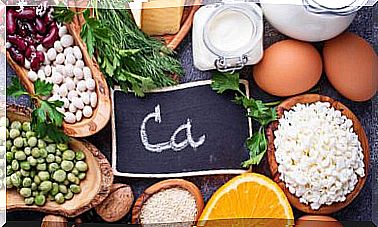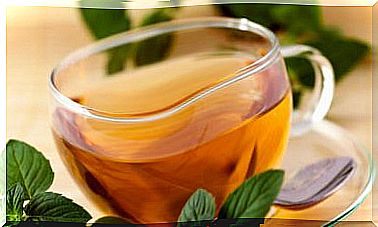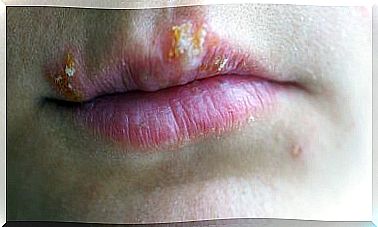The Proteins Provided By Plant-based Foods
In addition to being rich in vitamins and minerals, quinoa provides us with 11 grams of protein per 250 grams. As it does not contain gluten, it is also suitable for celiacs
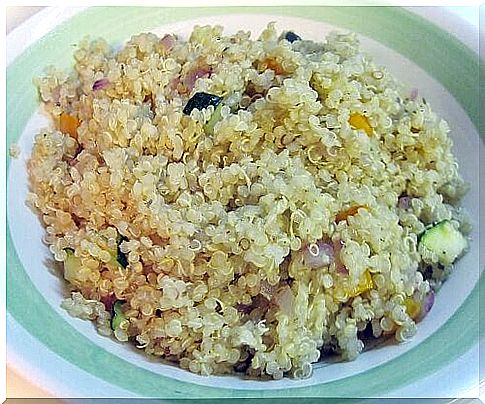
Vegetarians who eat a variety of plant-based proteins can get as high-quality protein as animal-based.
It is a myth to think that without meat, dairy and eggs you cannot live, because vegetables can provide us with many related benefits.
Vegans: life experience
It is almost impossible for many to think of a healthy diet that does not include meat, fish, or milk. However, there are studies that affirm that well-planned vegan diets can provide all the necessary nutrients for humans.
It is a prejudice to think that a vegan is anemic, skinny, unintelligent, or has a hard time learning new things. Like omnivores, vegans can eat a diet rich in protein, even if it does not include meat, fish, or dairy.
In the same way, it is true that, according to some research, people who follow a vegan diet tend to have deficiencies in omega-3 fatty acids, vitamin A, vitamin B-12, vitamin D; zinc and sodium.
If we are thinking of changing our eating style (and lifestyle), it is better that we ask our doctor for advice. We must not miss anything!
Recommended amount of protein:
A normal adult with moderate physical activity needs between 45 and 55 grams of protein, depending on their weight, size and condition.
A daily consumption of 0.8 to 1 grams of protein per day is recommended for every kilo of weight. However, it must be borne in mind that if the person is an athlete who is trying to increase his muscle mass, is pregnant, lactating, under 18 years of age or under a stress situation, he must use 0.9 g to calculate your protein needs.
People who wear more and need extra protein are:
– Pregnant : they are forming a life so they need an extra protein to form new tissues.
– Infants : they wear out continuously, so they need an extra protein to repair.
– Children : they are in full growth phase, they need to build tissue. In addition, children have a great physical activity that requires a lot of restorative energy.
– People who do a lot of sports: if you do sports you are wasting muscle, so you will need an extra to repair it.
The 7 main proteins of plant origin:
Here is a list of the 7 best foods that provide us with quality protein:
– Quinoa: provides 11 g of protein every 250 g. It is a good alternative to rice or pasta, it can be eaten alone or with vegetables. It can be prepared as a hamburger and as a side for breakfast with orange juice or almond milk.
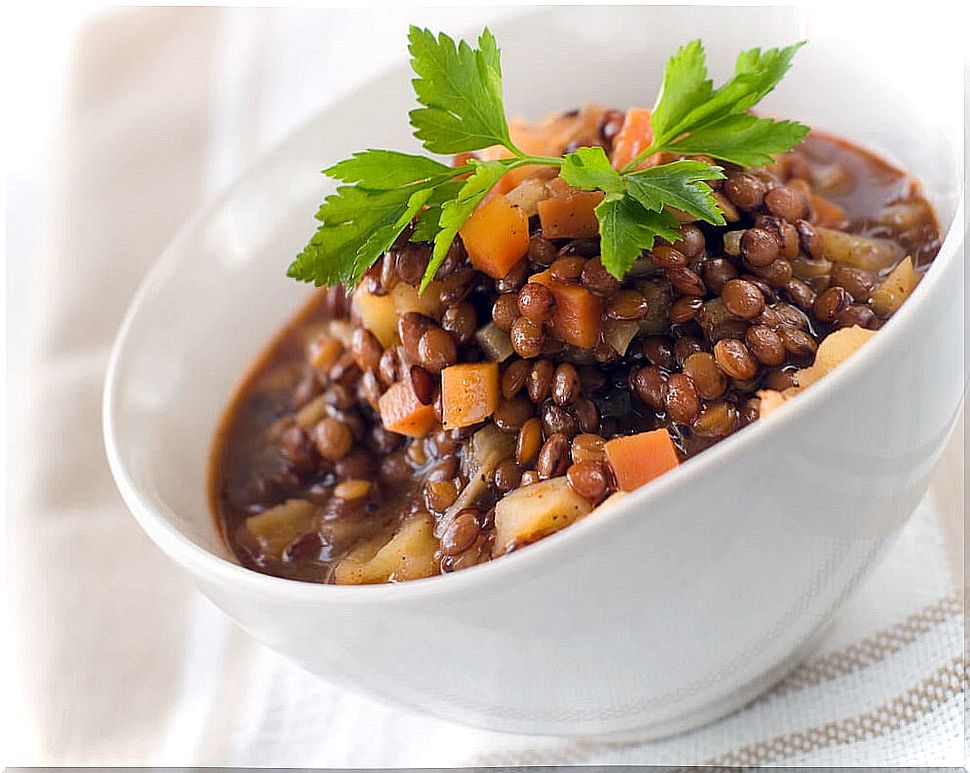
– Lentils: provides 17.9 g of protein per cup. It is recommended to consume 0.8 grams of lentils for every kilo of weight, to obtain 28% of the proteins that are needed daily. They can be combined with rice or sprouts, also in salads.
– Tempeh : it offers us 24 g of protein. It is a food based on fermented soybeans, an option to tofu (not fermented). It has a lot of healthy proteins and can be eaten as a hamburger, meatballs in pasta, or with brown rice sautéed with vegetables.
– Seitan: 24 g of protein. An ideal substitute for meat, because it provides us with 25% of the daily protein dose that we need. It is not suitable for coeliacs because it is made with wheat gluten.
– Beans (of all colors). They give us 15 g per cup. Ideal for sauces, soups, with rice, with vegetables, etc., a staple for the diet.
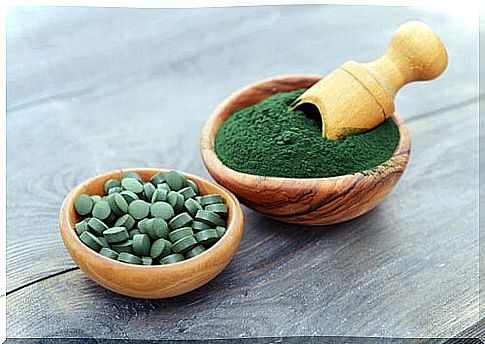
– Spirulina : 6 grams of protein every 10 grams. It is a green algae with all the essential amino acids. It can be consumed in juices or smoothies, at breakfast. Millions of people around the world use it as a supplement.
– Hemp seeds: 16 grams every 3 tablespoons. It offers Omega 6 and Omega 3 fatty acids. They can be added to hundreds of dishes, such as salads, smoothies, rice, vegetables or cereals for breakfast.
All these foods help us to demystify the idea that “only meat and milk provide us with protein.”
